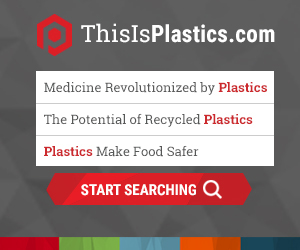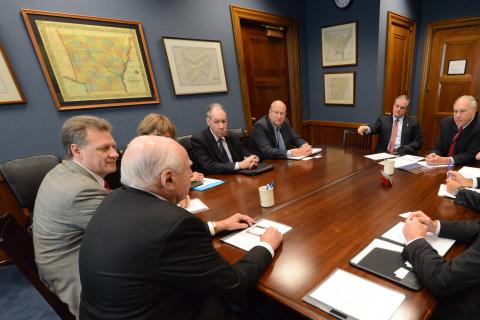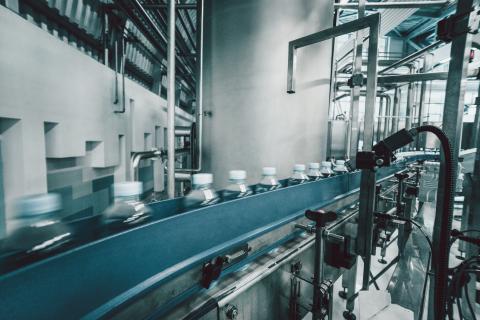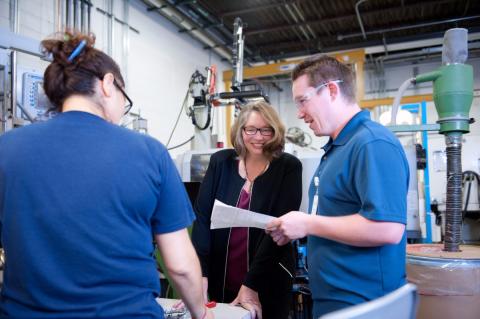According to the Plastics Industry Association's Committee on Equipment Statistics (CES), shipments of primary plastics machinery (injection molding and extrusion) in North America declined in the fourth quarter. The preliminary estimate for the first quarter of 2023 showed a shipment value of $345.8 million, which was 20.1% lower than the previous quarter. However, compared to the same period last year, the value of shipments increased by 1.6%.
Among the primary plastics machinery types, single-screw extruders saw the largest decrease in value at 28.4%, followed by a 19.9% decrease in injection molding shipments from the previous quarter. Shipments of twin-screw extruders declined by 14.7% during the same period. However, when comparing shipments to a year earlier, single-screw and twin-screw extruders increased by 11.4% and 94.9% respectively. Injection molding shipments, on the other hand, experienced a 2.7% decline.
“Despite a weaker economic outlook, plastics machinery shipments managed to show year-on-year growth. First-quarter shipments were slightly lower than the previous quarter, but this is typically expected as the first quarter tends to have lower shipment volumes. The current first-quarter shipments are comparable to previous quarters during economic expansions,” according to Perc Pineda, PhD, the Chief Economist of PLASTICS.

The CES also conducts a quarterly survey among plastics machinery suppliers to gather their perspectives on market conditions and equipment expectations. The survey revealed a decrease in the percentage of respondents expecting market conditions to remain unchanged or improve in the next quarter, from 35.0% to 33.0%. Similarly, the percentage of respondents anticipating unchanged or improved conditions in the next twelve months decreased from 45.0% to 38.0%.
In the first quarter, U.S. plastics machinery exports experienced a 2.9% decrease, amounting to $229.3 million. Mexico and Canada remained the top export markets for U.S. plastics machinery, with combined exports to these countries totaling $115.6 million, accounting for approximately half (50.4%) of the total U.S. plastics machinery exports. On the other hand, imports increased by 6.7% to $535.7 million in the first quarter. As a result, the U.S. plastics machinery trade deficit reached $306.4 million.
"Despite the U.S. economy displaying resilience and robust household sector spending due to a strong labor market, the implementation of contractionary monetary policy in March 2022 is beginning to impact the financial market and will have broader implications for the manufacturing sector, including the plastics industry," highlighted Pineda. He emphasized that the current low unemployment rates, such as the 0.1% unemployment rate in plastic and rubber products manufacturing in April, cannot be sustained indefinitely. The future trajectory of plastics equipment shipments will continue to depend on U.S. macroeconomic conditions.
Recommended Posts
-

Industry News
Inflation: The Overstaying Guest
June 5, 2023 The market is currently anticipating a 25 basis point Fed funds rate hike at the June 14th Federal Open Market Committee meeting, with a 64.2% probability according to the CME FedWatch Tool. -

Industry News
Plastics Materials for Recycling: U.S. Exports Decreasing and Imports Increasing
May 30, 2023 As government representatives gather in Paris, France, this week under the auspices of the United Nations Environment Assembly, to discuss an international, legally binding instrument on plastics, it is crucial for all participants to consider the millions of workers employed in the global supply chain of the plastics industry. -

Industry News
A Cross-border Conversation on Plastics Trade
May 3, 2023 PLASTICS' Chief Economist sat down with the President of Mexico’s plastics industry trade association to talk about plastics trade between the U.S. and Mexico.









